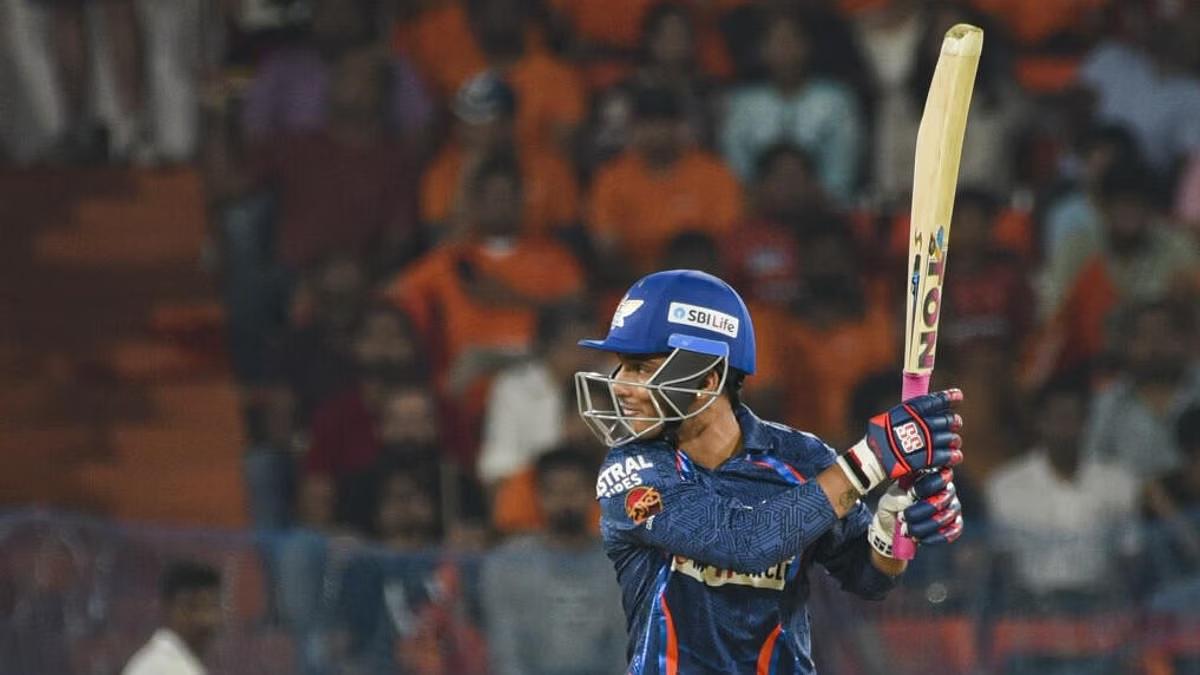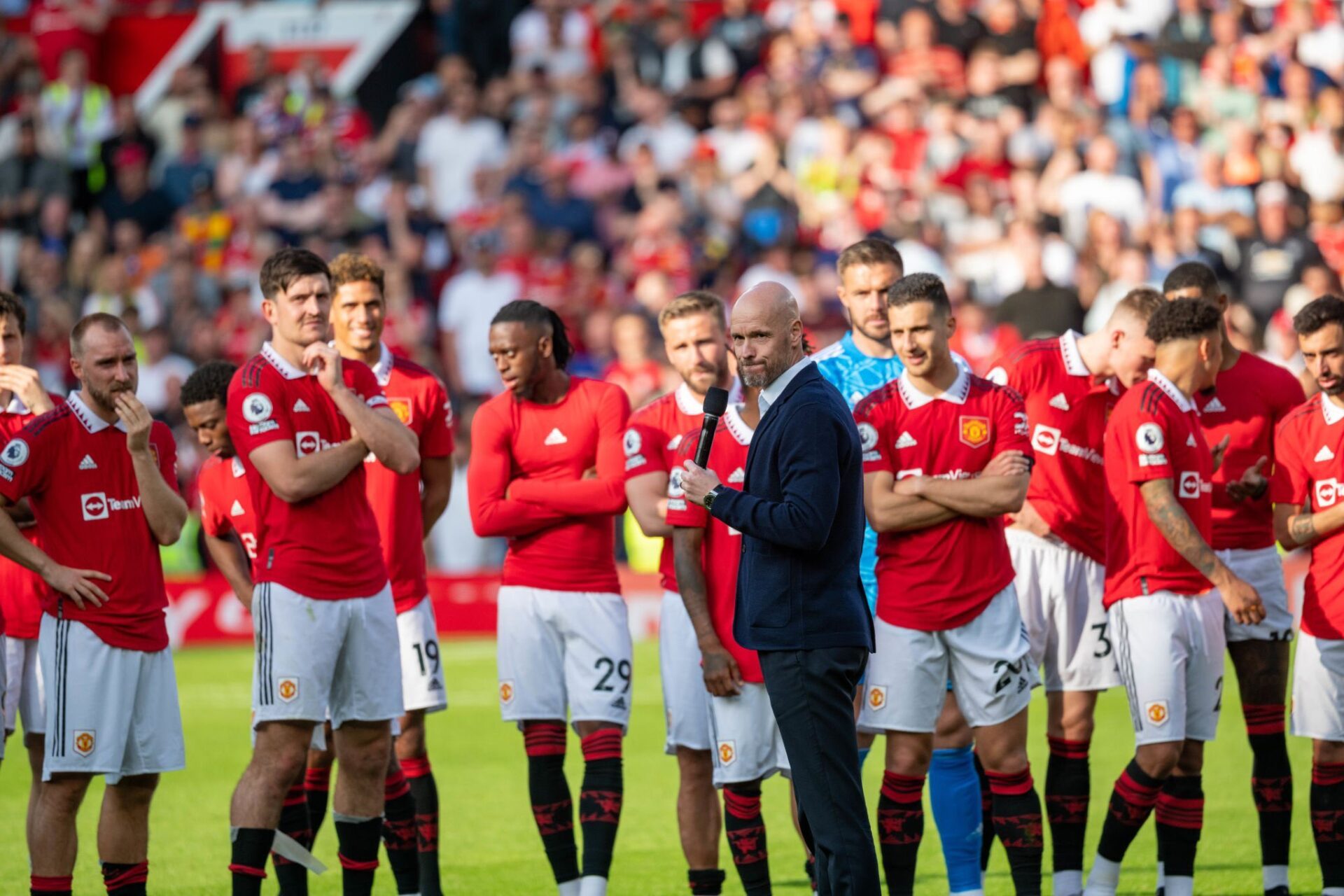(Motorsports news) On one side of the dispute is the FIA, which is pushing hard to expand the grid beyond the existing ten teams, citing the introduction of the Andretti-Cadillac operation as a net benefit. Opposing that push are the clubs that believe that an 11th squad will provide no concrete benefit.
Furthermore, they are concerned that sharing the prize pool with Andretti will create financial instability for enterprises that were already on the verge of failure during the COVID outbreak three years ago. FOM, which sits somewhere in the center but is plainly lukewarm to the concept, is clear that it will only give Andretti a commercial deal if its analysis shows it will be beneficial to F1 as a whole.
While the present teams have no formal say in the subject, their opposition is expected to be a crucial factor in determining F1 CEO Stefano Domenicali’s eventual decision. Andretti’s detractors are motivated by a worry that adding an 11th team to the grid will jeopardize their own future. But would Andretti’s entrance and the subsequent reshuffling of commercial rights money really make things worse, especially if it pays the $200 million dilution fund payment first?
The precise prize money split in Formula 1 is kept confidential, with the facts codified in the commercial component of the two Concorde Agreements that essentially regulate the sport. However, using publicly available information, such as the published finances of both teams and F1 owner Liberty Media, it is feasible to get a reasonable understanding of how the commercial pot is divided.
According to the conditions of the Concorde Agreement, the team prize purse is made up of 50% of the overall commercial rights profit generated by the sport. However, it is understood that beyond a certain level of revenue, FOM’s percentage share swings upward, so that it retains more than half of the revenue from that point on. This means that teams do not always receive an even split of the funds.
For example, in 2022, with F1 generating $2.57 billion in revenue, team payouts totaled $1.157 billion, accounting for nearly 45% of total profits. However, these are not distributed equally among the teams. First and foremost, Ferrari continues to receive an additional payment for its historical significance, which is estimated to be 5% of the entire amount.
Teams that have had recent success in the constructors’ championship are also eligible for a basic bonus (for winning one title) or a larger reward (for winning two or more). There is also a second pool based on additional rewards for teams that finished in the top three of the constructors’ championship in the preceding ten years.













